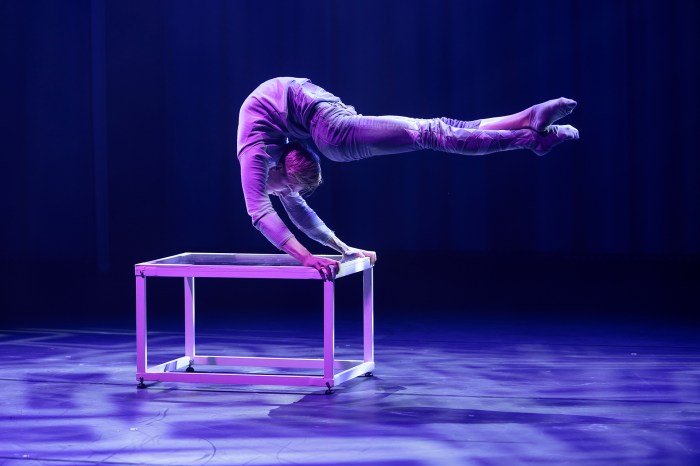With fares set to increase in March, fed up MTA board members on Monday demanded solutions for fixing the subway network’s “unacceptable” level of service.
“I don’t think anyone will disagree that the subway service today is not what it was or what it should be and that it is somewhere between poor and forget about it,” said board member Charles Moerdler after the agency’s transit committee meeting on Monday.
He and a fellow board member railed against data that documents an increasing number of train breakdowns and downward sliding on-time performance.
“Overcrowding” contributed to 26,049 weekday train delays during this past November. That’s about 43 percent of all delays during the month’s weekdays.
But Moerdler pointed out that those numbers alone are “uninformative.” He wanted a more detailed report on where and when overcrowding occurs and what the MTA is doing to address the issue.
“We’re left without any hint as to what is being done to correct or minimize or refocus (the delays),” Moerdler said. “I don’t want details; I want answers … Any fool can tell you this is a problem.”
Trains are also breaking down more frequently while the agency waits for a delayed order of new cars. The mean distance between train breakdowns dipped by 16 percent, when comparing the last two years of service. And less than 64 percent of trains in November arrived at stations within five minutes of their scheduled arrival time.
“With the coming fare hike, we really need to be able to tell our riders what’s being done to speed their trips,” said board member Andrew Albert, who echoed Moerdler’s call for greater details in service reports. “Once we’ve separated it and have it in writing, we can better deal with problems.”
Ronnie Hakim, the president of the MTA’s New York City Transit, embraced the idea while also acknowledging operational “constraints”.
“Your point … to bring back to the committee some examples of the work that goes on to try to manage the level of service that we are providing — and how we are dealing with some of the constraints under which we are operating — I think is appropriate,” Hakim said. “And I welcome the opportunity to do that as early as next month.
“A lot of work is going on behind these pages and behind this data,” she added.
On Wednesday, the MTA board will vote on how to raise fares for the sixth time since 2008. A MetroCard swipe is likely to increase to $3, according to a source. To justify the hike, the agency has pointed to the extension of the No. 7 line and the completion of the first phase of the Second Avenue subway, which brought three new stations under the avenue at the cost of $4.5 billion.
Wynton Habersham, NYCT’s senior vice president of the department of subways, also noted short- and long-term steps the agency is taking to improve service — from signal repairs to platform controllers — to address heavily congested stations.
The agency is also in the process of installing a modern signal system called Communications-Based Train Control on the Flushing, Culver, Eighth Avenue and Queens Boulevard lines.
“While we certainly recognize that there have been challenges with respect to delays and the like,” Habersham said, “we’ve done a lot of things that have begun to turn the needle on that.”

































